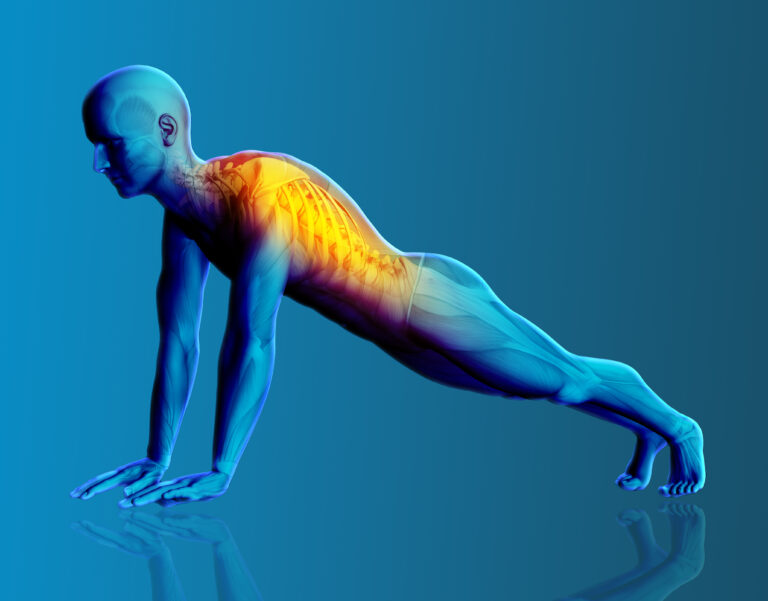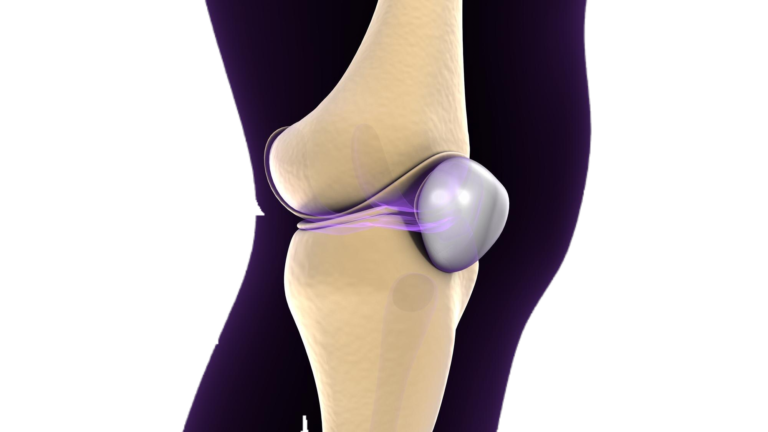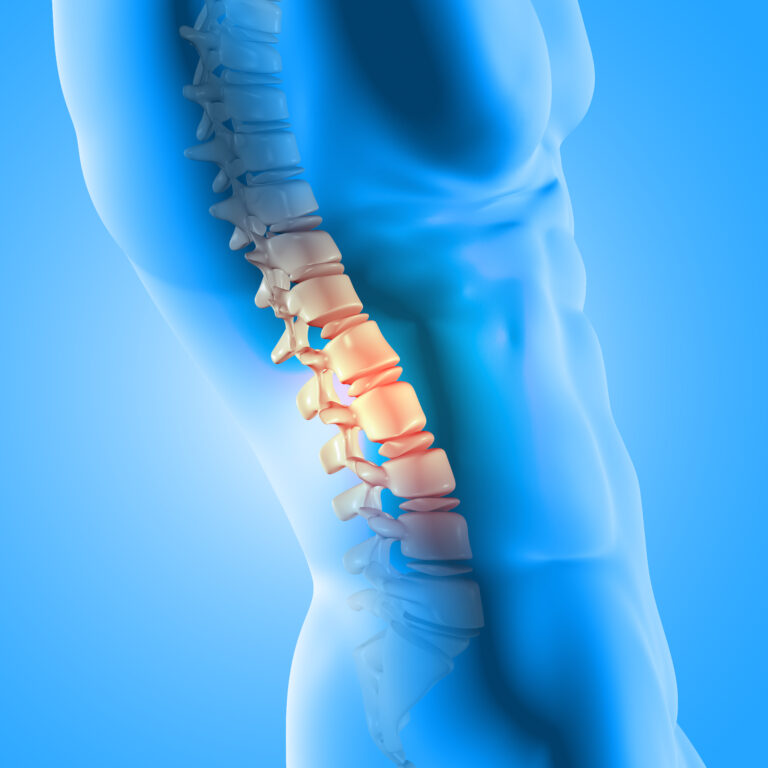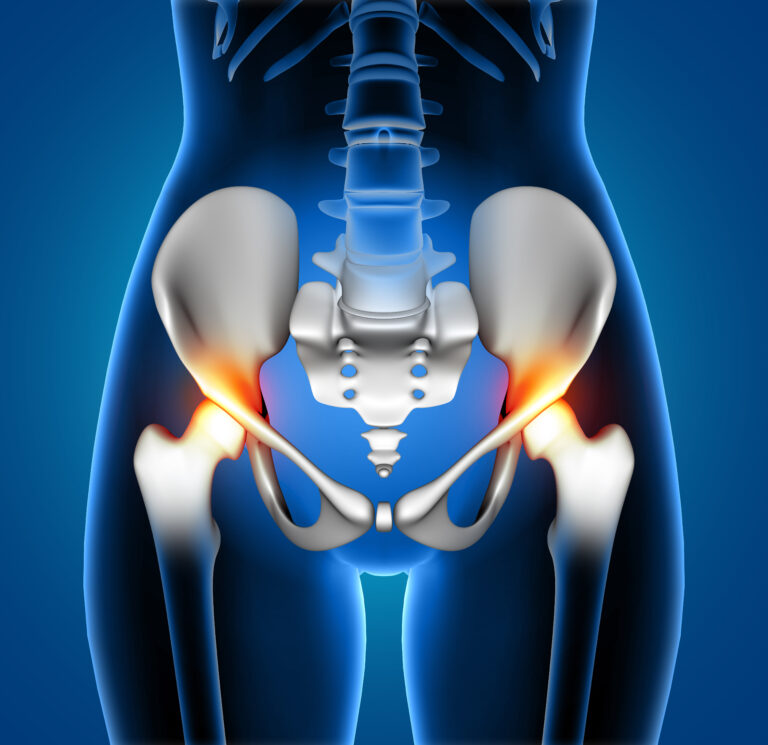- Muscle Strengthening
Engage in low-impact exercises like swimming, walking, and cycling to strengthen muscles around the hip, supporting better recovery post-surgery.
- Enhance Flexibility
Incorporate stretching routines to improve flexibility, ensuring smoother surgery and a more comfortable recovery.
- Cardiovascular Health
Boost your cardiovascular fitness with aerobic exercises to improve surgical outcomes and speed up recovery.
- Weight Management
Maintain a healthy weight to reduce stress on your hip joints and minimize surgical complications.
- Balance and Stability
Practice balance exercises to enhance stability, reducing the risk of falls during recovery.
- Nutritional Focus
Adopt a balanced diet rich in vitamins and minerals to support healing and overall health.
- Quit Smoking
Stop smoking to improve circulation and enhance your body’s healing capacity.
- Physical Therapy
Work with a physical therapist to create a personalized prehabilitation program tailored to your needs.
- Mental Preparation
Learn about the procedure and recovery process to reduce anxiety and ensure mental readiness for surgery.
- Post-Surgery Planning
Prepare your home for post-surgery comfort, set up a recovery area, and arrange for assistance with daily tasks during the initial recovery phase.
Prehabilitation is key to optimizing your body and mind for hip replacement surgery, ensuring a smoother recovery and quicker return to an active lifestyle.
Disclaimer: The information provided in this blog post is for general informational purposes only and should not be considered professional advice. Before making any health-related decisions, consult with a qualified healthcare professional. The content is not a substitute for medical advice, and individual results may vary. The author and website are not responsible for any consequences arising from the use of the information provided. Use your best judgment and seek professional advice when needed.





